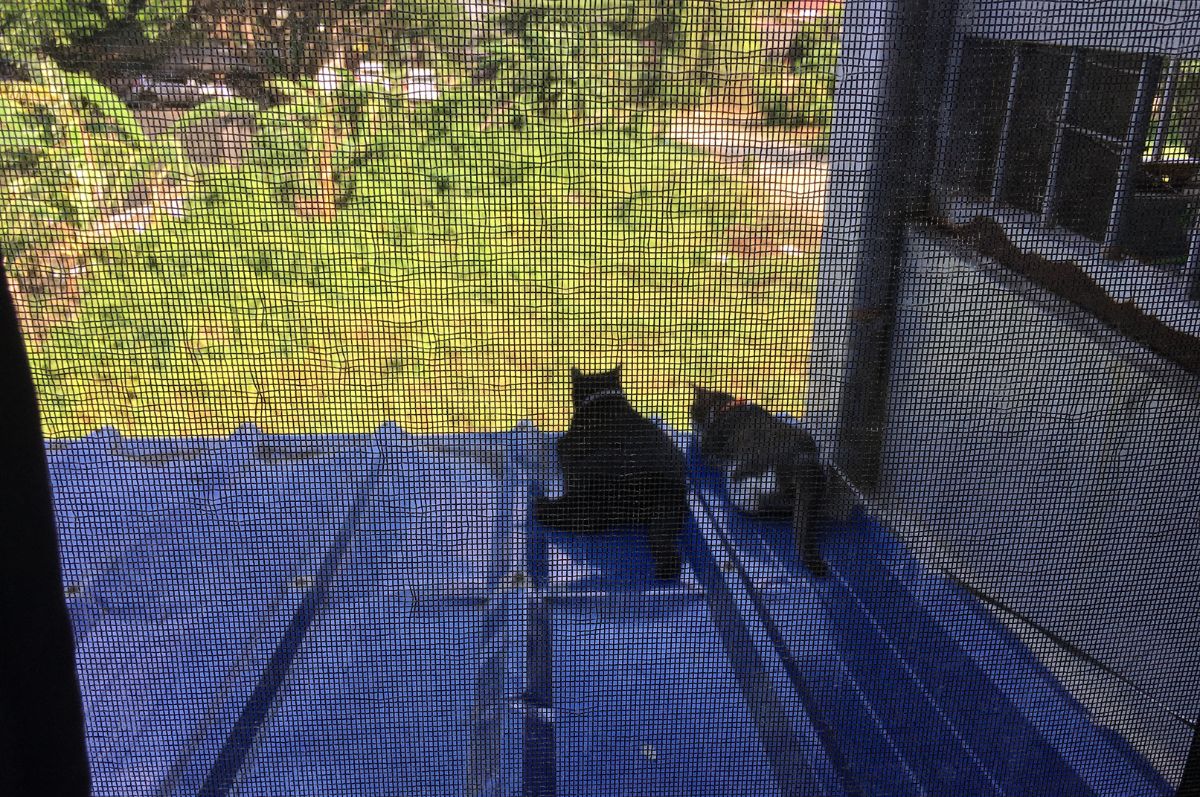Your cart is currently empty!

What equipment do I need to start a Writing Business?
Don’t buy stuff you don’t need when you are starting your writing business. Just concentrate on the writing.
You don’t need a pile of techie stuff or expensive subscriptions to start a freelance writing business. If you have been wondering about how to get started, the best advice I can give you is to concentrate your purchases on the things that will support uninterrupted writing, efficient communication, and secure document handling. That’s all you need to launch your freelance writing side-hustle (or full-time career).
REMEMBER: a large percentage of small business failures are due to insufficient cash flow and unmanaged cash use. Don’t buy stuff you don’t need when you are starting your writing business. Just concentrate on the writing.
1. Consistent internet connection
Whether you write from home or on the road, invest in decent WIFI.
Having a consistent internet connection is critical for freelancers. Internet is essential for research, accessing cloud-based resources, and staying in contact with your clients. It’s really, really annoying to finish a great piece of work and then needing to get to the nearest coffee shop to email it to your client (true story).
I’m old enough to remember the days when you had to unplug the ancient telephone (aka landline) to get on ‘the net’ — but in 2019 you can set yourself up with a slick fibre-optic connection with tonnes of data. Just don’t let your kids chew through the bandwidth watching full-resolution Netflix, leaving you with ‘snailFI’ to research an article, or download the video resources your client sent over.
For freelancers on the road (especially when abroad), plan your trips in advance and make sure your accommodation has a fast (and consistent connection). Even if the hotel website or AirBNB listing has a little WIFI symbol next to a green tick, it’s definitely worth asking a few important questions before making the booking.
It’s so annoying to turn up for your 10 days only to discover:
- Everyone is sitting on the floor in the corridors with their laptops, because the WIFI won’t work in the rooms (true story).
- You can only access the WIFI on one device (I like to have my research active on the iPad as I’m working).
- There are daily download or time limits (so frustrating).
- It’s super-slow, cuts in and out, or can’t work because of a lengthy power outage (on my recent trip to Manila, the unlimited fast WIFI advertised in the AirBNB listing was useless during the daily blackouts).
If you’re on the road you might want to ‘up’ the data on your mobile plan, or investigate prepaid data. A local prepaid device is essential if you’re freelancing around Asia.
2. Private working space
Setup a writing space that’s free from interruptions
To really succeed as a freelance writer you need uninterrupted writing time. Sure working from a trendy café or resort garden can be fun, but you’ll get so much more work done if you have a dedicated work space that is quiet and comfortable.
Interruptions are the enemy of freelance writers and will absolutely kill your productivity (effectively your bottom line). Writing a client project is hard (you know it) — and seriously, any interruption at all is sometimes a welcome excuse to escape a challenging assignment. Get yourself setup so you can stay in your chair and write. You don’t want a working environment where you are repeatedly:
- Getting up and down to adjust the room temperature, or closing the windows to keep out mosquitos and neighbour noise.
- Walking past shiny distractions (or kids) when you need to use the toilet.
- Answering the landline or the front door.
And as much as we love our kids, we can’t have them in our freelancing space in the middle of a project wanting hugs, WIFI technical support, or lunch.
If you are working from home you need a period of household-understood ‘Do Not Disturb’ writing time. I have a much beloved child who is super-active, so for me a lock on the office door and a decent set of headphones is absolutely critical when I am editing copy or Skyping a client.
3. Computer and office equipment
Buy the fastest computer you can afford
As I mentioned in the introduction, when you are just starting a small business you need to pay close attention to your cash flow — that said — buy the best computer you can afford. And by ‘best’ I don’t mean something with a million shiny features, I mean something with grunt — ie, RAM and processing speed. You want an efficient writing tool that can cope with your writing software, research materials on multiple websites, and multimedia apps all open at the same time.
Microsoft Office is a must. When I started my writing business I bought a Mac and persevered with the native Apple Apps (Pages, Numbers, Keynote) for about 18 months — but I still had to export everything to Word because clients want their copy in .docx format. The end-user experience was often clunky and inconsistent, so I switched to the Microsoft Apps. And it’s totally worth the AUD $120 I pay every year for the Microsoft Suite.
You don’t have to spend very much on office furniture, just make sure your chair supports your lower back and is comfortable. Honestly, I use a plastic chair that cost me AUD$12, but it fits my body shape perfectly and my feet are flat on the floor.
Set up a table or office desk that syncs with your chair and is the correct height for you. Again I’ve got a cheap table that only cost me AUD$20, but it’s long and wide so I can have all my devices charging as well as my reference books (style manual, dictionaries) in reach. And there’s still plenty of space for research materials, folders and scribble notes.
Make sure essential gadgets and stationery items are within arm’s length so you don’t have to get up to charge your laptop or grab a pen. I have so many project resources on my iPhone, plus I use my iPad as a second screen to display electronic reference materials. I like to be able to keep them charging as I work.
4. Professional writing portfolio
Publish an online portfolio of your best work
Once your office is setup (and you have somewhere to work) you’ll need to publish a professional writing portfolio to share with leads and prospects, as well as include with pitches. Your writing portfolio is a collection of your best-written work and may include a selection of:
- Published blogs and guest posts
- Website content
- Scanned copies of print media articles
- Brochures and flyers
- Adwords and other advertising copy
Online portfolios can be attached to your LinkedIn profile, included on your writer website, or published on a dedicated portfolio website like pressfolios.com and about.me.
5. Tax ID and transaction account
To operate legally (and get paid) you need a tax ID and bank account
With an office, a computer, and a writing portfolio you’re all set to land some clients. But in order to get paid you’ll need a tax ID to legally invoice them — plus a banking (transaction) account to receive the payments.
- TAX ID — apply to the tax authority in your country for your tax ID number. In Australia you need an Australian Business Number (ABN), in but some countries (eg, USA) you need both a federal and state tax ID number. Your tax ID must be displayed on invoices, and if you are selling books you’ll also need to provide this number to organisations like Amazon, iBooks, and Kobo.
- Bank account — you’ll need to open some type of bank or transaction account to get paid. I include my banking details on my invoices, and clients pay by direct deposit to my business bank account. PAYPAL is an essential for freelance writers (especially bloggers), but PAYPAL still has to be linked to a bank account if you want to convert the payments into cash.
6. Writer’s Style Guide
Your writing will keep improving if you use a Style Guide
Of course you start a writing business without a style guide, but the writing life is so much simpler when you have the Chicago Manual of Style close-by. At my own desk, I have a hardcopy Oxford Wordpower Dictionary and the original The Elements of Style by Strunk and White next to my Chicago style guide — but what gets the most use is my Oxford Deluxe and Macquarie Dictionary/Thesaurus Apps. Though technically these aren’t style guides.
Many writers use Grammarly, I don’t. I rely on my hardcopy style guide and the in-built grammar checker in Word and Scrivener (my main writing tool). But I absolutely recommend constantly referring to some type of style guide from day one of your writing business. Your writing won’t improve much without it.
7. Document storage and sharing
Get setup for both Dropbox and Google Docs
Once you get going it won’t take long to accumulate loads of client files and data — how will you keep it all secure? Protecting client data is an important responsibility of freelance writers and many of your clients will specify how they want their data protected in the NDA (non-disclosure agreement) you sign at the beginning of the project.
All my client files and folders are stored on password protected local drives that are backed up in the cloud. I use both Dropbox and iCloud for document storage but there are plenty of other options. Dropbox is great because it allows you to share documents and folders with clients, and then make tracked changes or sidebar comments. That said, many of my clients prefer Google Docs and OneNote.
Once you start a writing project you’ll need to return the working copy to your client, plus deliver the final project electronically. Get yourself setup for both Dropbox and Google Docs as email quickly becomes inefficient when your project involves multiple documents.
8. Communications tools
Have the tools to quickly respond to leads and clients
How will you communicate with your clients? Phone, chat, Skype, email? If you’re working in your home country things are simple, but if you are freelancing abroad (or just on the road) you need to consider how your clients can easily contact you.
Whatever your chosen medium, just make sure you have a clear connection and you’re consistently available. Clients and customers quickly lose interest if you’re unresponsive.
- Calls — phone calls are important if you are a B2B copywriter, but you should still try to minimise calls as much as possible. A 45-minute call about a single page of content will quickly eat into your profit margin. I have a phone plan with my telco which allows me to make international calls to 20 different countries, but many of my clients are also happy using WhatsApp, Facetime, and Skype.
- Text — I use text to update clients on the progress of a project or to remind them to send me through resources and edits.
- Emails — if you can, automate your processes as much as possible so communication throughout the entire writing job can be done by via email and text message.
- Live Chat — you might consider installing a live chat service on the back of your website or using Messenger. There is a free WordPress plugin that activates Messenger as your website chat service.
9. Pricing framework
Be clear about how much you charge
How much will you charge your clients? I recommend having a clear pricing structure when setting up your writing business, and make sure it allows for more than just your writing time. As a minimum, your pricing structure must incorporate the time it takes for:
- Writing and submitting proposals
- Researching the project
- Writing the copy
- Editing and rewriting
- Processing invoices and payments
Remember, freelance writers don’t get paid when they are sick, on holidays, or attending parent-teacher meetings — so make sure you factor this into your prices.
10. Clients
Choose to work with nice people who pay on time
You’ve got all the gear, but you’re not a real writing business until you land a paid gig. But don’t be too eager to take the first person who offers you money. From the get-go adopt the attitude that you are the one who chooses who you work with — and make it nice people who pay you on time.
Do some research before taking on new clients and ask plenty of questions — after all you want to make sure you are only writing for people who are:
- Adding real value to the world
- Taking care of their customers
- Engaging in ethical business and marketing practices
- Paying proper rates
There are some amazing and innovative enterprises out there in the world, so aim to work with clients who are not only likeable, but energetic and inspiring. Their attitude and energy will certainly reflect back into your own work, and round off a flexible and uplifting career as a freelance writer.
PS: look for my upcoming post How does a freelance writer find work?
© 2019 Melinda J. Irvine. Images: Canva.
Discover more from Melinda J. Irvine
Subscribe to get the latest posts to your email.





3 responses to “What equipment do I need to start a Writing Business?”
[…] is plenty to love about freelancing. If it weren’t for my freelance writing business, as an Australian I would not be able to […]
Some good advice there.
Although there are lots of options for making life as a freelance writer easier now, can you imagine the job without internet? That was how it was in my day so it was typewriter (later pretty crude wordprocessor), telephone, telex, post and some visits. The hardest part was research, pretty much the only options were libraries and telephone. Pretty well the only way to get new clients was by recommendation, which is still the best way I think. So the only advice I might add is when you have a happy client ensure they are happy for a recommendation from them to appear on your website and they are happy to take a follow up contact from a prospective client.
Hi, I always appreciate your feedback on my freelancing posts. I can’t imagine the job without the internet, I love having a lot of my research materials in kindle, mobi, and pdf form. Because of the easy access to data, unfortunately there are a lot of freelancers who rely solely on other websites for research. And I absolutely agree about the testimonials, referrals from an existing client are the best. Mel.